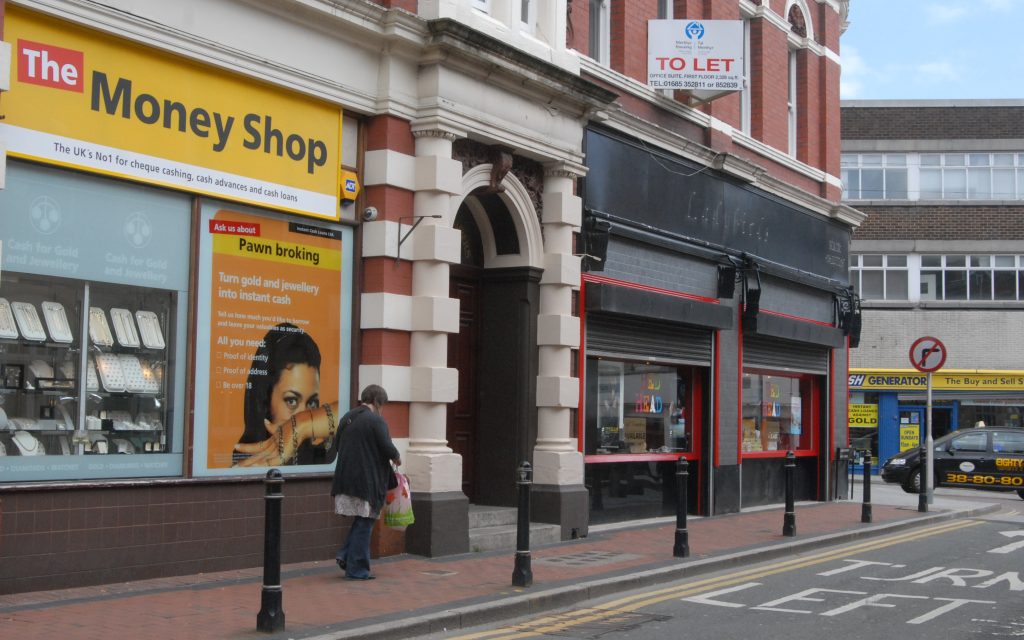 Poverty
Poverty 
On the surface – stagnation. That’s the picture of poverty that the headline statistics present.
Since touching a low of 22% in about 2005, the proportion of people in Wales living in income poverty has drifted around without any clear movement either way. Poverty strategies – and poverty reports – have come and gone. Neither recession, nor welfare reform (which with incapacity benefit began under the last UK government), nor the steady improvement in the qualification level of the workforce, have so far made much difference.
Wales can fairly say that it is doing no worse than England. But “doing no worse than England” clearly cannot be the measure by which a Wales will want to judge itself. And anyway Scotland, which ten years ago was also doing worse than England, is now doing very much better.
In appointing a minister with ‘poverty’ in the job title back in March, the Wales government scored a UK first. By personifying the commitment – and having someone in such a senior position with direct responsibility – the government has upped the stakes and taken a risk. So what difference can Huw Lewis make – and how can he be supported?
As we approach the publication of the latest Monitoring Poverty and Exclusion in Wales (due in September), we are painfully aware that this long period of stagnation coincides almost exactly with this series of reports. When Rhodri Morgan spoke at the launch of the first one back in 2005, poverty in Wales was (it turns out) as good as it was going to get.
So is it possible that the statistical portrayal of poverty is itself now part of the problem? That depends.
If the be all and end all of ‘tackling’ poverty is the headline poverty rate, then the answer in anything other than the very long term, must be “yes”. Driven by the very biggest economic and social forces – employment, housing, redistribution (benefit and tax), the changing roles of women and men – this headline rate is way beyond the reach of all but the most powerful of politicians (and perhaps not even they, at least for long).
To dwell on the stagnation on the surface is to be overwhelmed by helplessness. No politician who wants to make a difference can tarry there.
So this September’s report has been charged with delving into two aspects of the poverty problem. One is in-work poverty, that is, low income households who nevertheless have one or members in paid work. The other is the situation of those people who find themselves furthest from the labour market. Background information on these issues is in two documents that can be downloaded here – MPW in work primer and MPW furthest from primer.
In each case what statistics can do is well known. They can show scale – how many people, how has that changed, how much money have they lost? They can show duration – how long have people been out-of-work, or in receipt of certain benefits? They can show connections, between low household income and low rates of pay – and/or hours of work. They can compare, Wales against England, women against men, young against old. Manufactured from good materials, such statistics are hard things, difficult to ignore, resilient. Yet at the same time, they miss much.
This is where the discussion launched here is intended to help. As a complement to the formal report, we are inviting people to contribute their own reflections on the two topics of in-work poverty and those furthest from the labour market. Both of these can be as broadly understood as is necessary. What we hope to uncover here are not generalities, wide truths, but specifics, details.
Among the questions that might be discussed are these:
- What are the problems people in this situation are facing? What are their experiences?
- What sorts of things are people having to do in order to cope with welfare cuts, or being employed for fewer paid hours? What are people turning to help get through?
- Where’s the pinch: food, heating, time with friends?
- How far is time under pressure as well as money? Does the pressure to work all hours make it harder to support children through school? Or visiting the GP? What about public transport?
- Are the impacts different for women than for men?
- How far is the sheer unpredictability of things – of insecure jobs with varying and uncertain hours – a problem? Is that getting worse?
- Is the experience of the welfare to work system better than before? Is the support better – even if the work is not there for them – or not?
- How are things different in rural areas?
- Even as some things are getting worse are some getting better?
- Even more important than describing things, what in any of this could make a difference?
Having nailed its colours to the cause of poverty reduction, the Wales government badly needs some wins. They won’t come in any recognisable timescale in the headline measures. So they need to be here. Some people will describe action here as merely ‘mitigating’ poverty. We disagree. Low income but coping and secure is a very different experience from low income and sinking, at risk and fearful. If Wales can act here, then beneath the surface there can be hope.
Peter Kenway is Director of the New Policy Institute. This article is the first in a series in the run up to Monitoring Poverty and Social Exclusion in Wales 2013, published in September, by the Joseph Rowntree Foundation.


